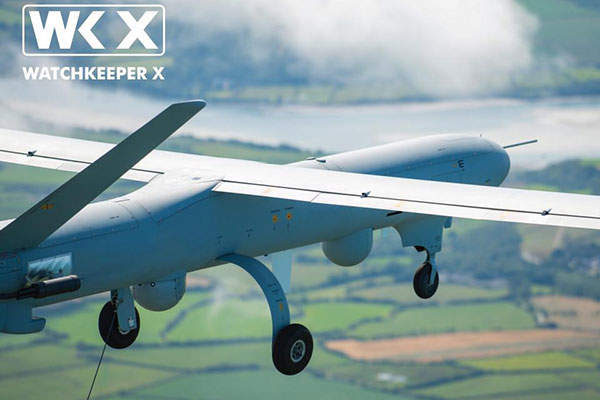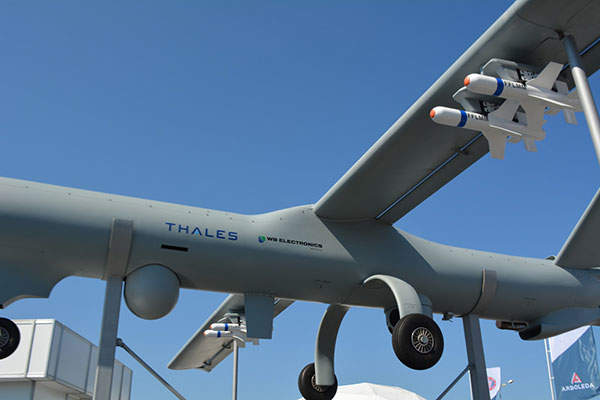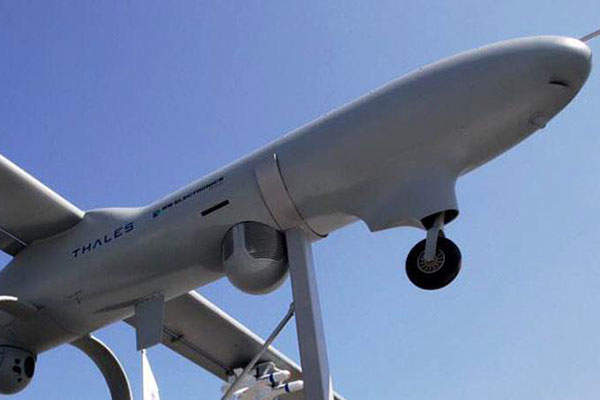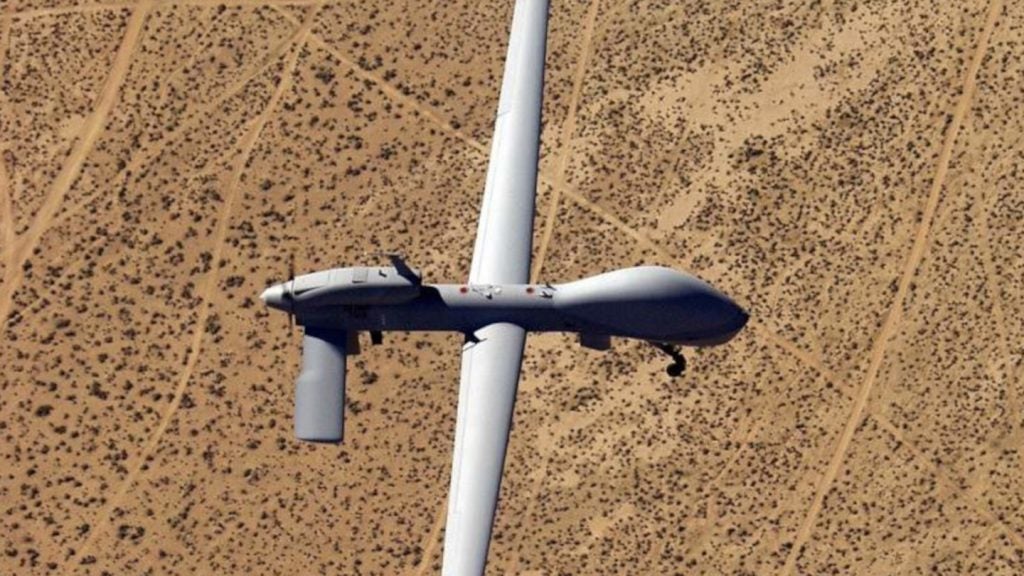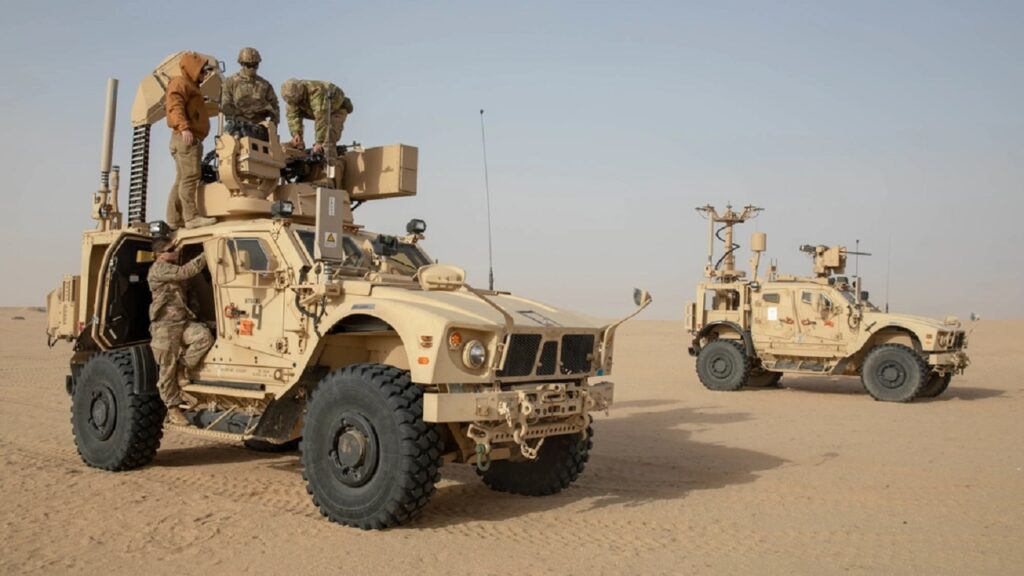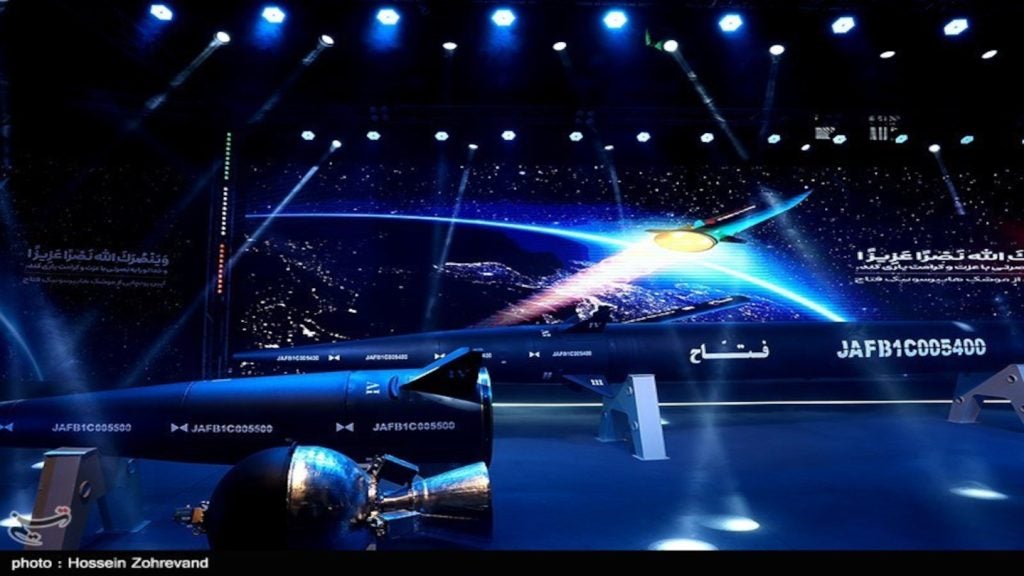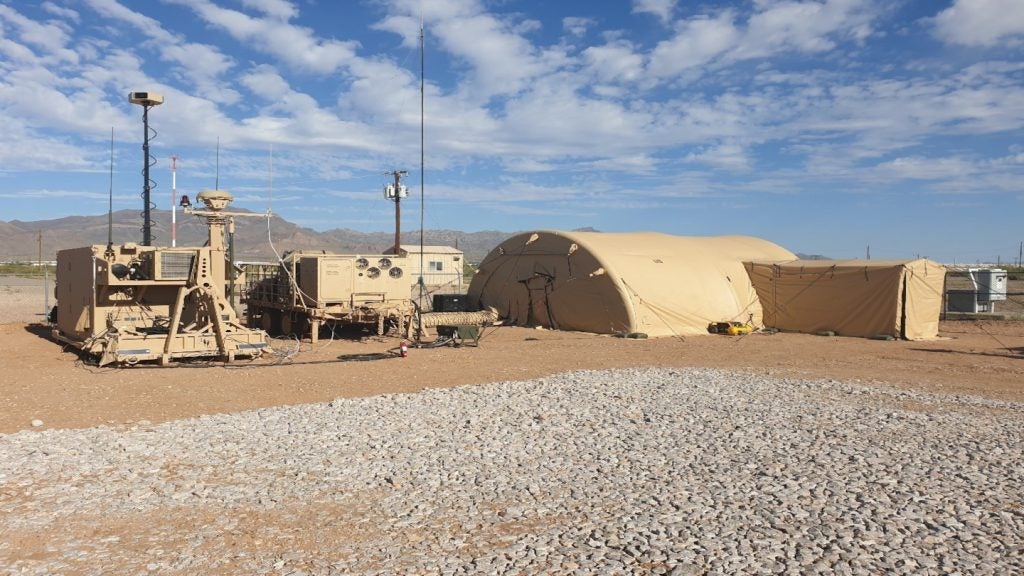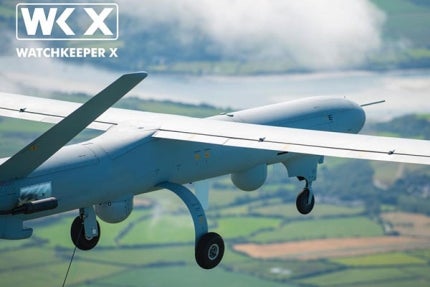
Watchkeeper X (WK X) is a high-performance, tactical, unmanned aircraft system (UAS) developed by French electronic systems company Thales for military and homeland security missions. It was launched at the DSEI 2015 defence exhibition held in London, UK, in September 2015.
The UAS is intended to accurate and persistent intelligence, surveillance, target acquisition and reconnaissance (ISTAR).
Skylark I-LEX is a new generation, man-portable, electric-propelled, mini UAS manufactured by Elbit Systems.
Thales and WB Electronics partnered in July 2015 to develop the armed version of the Watchkeeper X UAS for the Polish Armed Forces’ Gryf programme. The armed aircraft system was unveiled at the MSPO international defence industry exhibition in September 2015.
Watchkeeper X UAS design and features
The Watchkeeper X UAS is based on the Watchkeeper (WK450) UAS, a derivative of Elbit Systems’ Hermes 450 unmanned aerial vehicle developed by Thales for the UK Army.
The new UAS features a modular design that complies with the Civil Aviation Authority (CAA) / Military Aviation Authority (MAA) standards and enables expeditionary and covert operations. It has de-icing and rough strip airfield capabilities, and offers high-mobility.
The UAS is built to CS23 / STANAG 4671 airworthiness certification standards. It operates as a multi-mission airborne surveillance system and can be integrated with a wide variety of interchangeable sensors based on the mission needs.
It can be transported by a variety of vehicle types and can be rapidly deployed by air, land or sea-based platforms and featuresautomatic take-off and landing systems (ATOLS).
A fully autonomous mission control system provides independent control of all aspects, including decision-making and target detection during the flight. The drone is also installed with an on-board power management system.
Sensors aboard Watchkeeper X
The unmanned aircraft is equipped with a standard 15in gimbaled payload camera for capturing intelligence, surveillance and reconnaissance data during daytime and a night camera for operations in low or zero-visibility conditions. It can also be fitted with a high-definition camera, and ground and maritime surveillance radars for the detection of targets on land and over water respectively.
The UAS is capable of carrying dual sensor cross-cueing to deliver operational flexibility. The optional sensors include communications intelligence (CommINT), cryptographic electronic support measures (CESM) and radar electronic support measures (RESM).
Mission systems
The encryption, in-flight analysis and post-flight analysis devices allow the operator to extract intelligence data from the captured information. A STANAG C4I standard interface enables sharing of vital information between the UAS operators and other operating parties connected in the same network.
The captured data will be transmitted to the ground control station through the data links in real-time. The UAS uses remote terminals for the transmission of telemetry data to a master control system.
Other mission systems aboard the drone include voice communications, recorders, and command, control, communications, computers, and intelligence (C4I) target authorisation systems.
Armament of Watchkeeper X
The Watchkeeper X can be weaponised with Thales’ Free Fall Light Multirole Missile (FF LLM) precision-guided glide munitions to engage both fixed and moving targets in tactical ISTAR missions. It can also be equipped with STANAG standard weapons control systems.
The on-board laser designator and laser target marker systems deliver improved target accuracy and quick engagement of targets.
Ground control station
The unmanned air vehicle and its payloads are controlled by operators from a standard ground control station. The drone can be operated by a ship-board control station when deployed in maritime missions.
Performance
The unmanned air vehicle can fly at a maximum transit speed of 95k, and has an operating range of 140km and endurance of more than 16h. Its robust design permits operation in hostile environments, difficult weather conditions and extreme temperatures.
The Global Unmanned Aerial Vehicles (UAV) Market 2011-2021
This project forms part of our recent analysis and forecasts of the global unmanned aerial vehicles (UAV) market available from our business information platform Strategic Defence Intelligence. For more information click here or contact us: EMEA: +44 20 7936 6783; Americas: +1 415 439 4914; Asia Pacific: +61 2 9947 9709 or via email.

